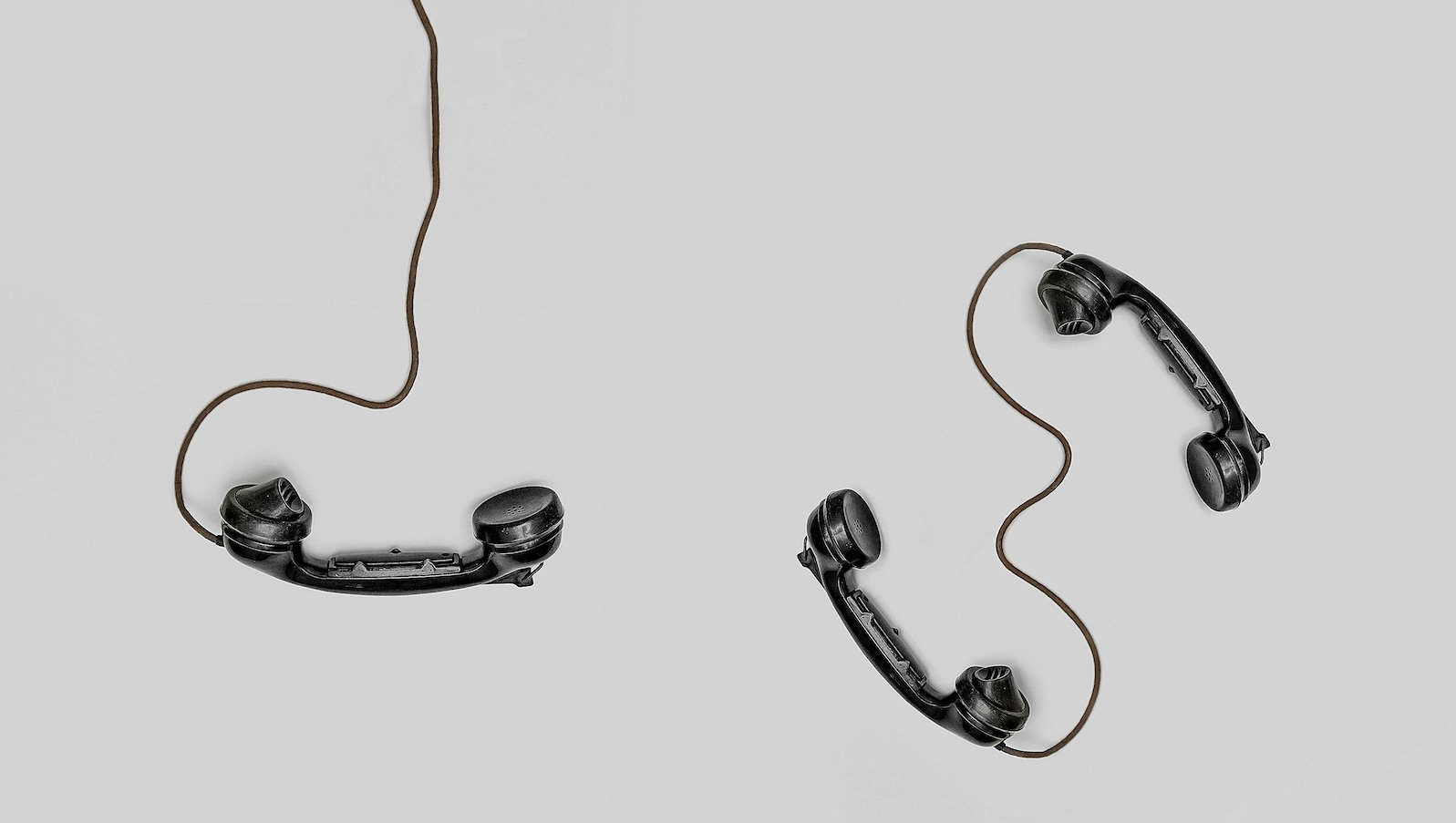A bright market pundit could probably offer up her ideas on just which day it was that insurance distribution fell markedly out of sync with retail technology and consumer expectations. Was it the day Amazon was launched? Was it the day that the first app was purchased on the app store? Did it involve Google search engine optimization or the switch from print to email or social media marketing?
It is interesting and a little painful to think about, but most experts would say that, of course, it wasn’t just one day or one event. It has been building slowly, silently and stealthily…where the insurance industry allowed the friction of change to impede modernization and place itself at risk. Shifting consumer mindsets and rapidly evolving markets, like tectonic pressures, built up along a fault line, and then one day the ground shakes.
And it didn’t stop shaking.
Now the industry is waking up and finding itself on a precipice in the midst of continual, seismic shifts. A new business environment has arrived. The environment is different because of the complexity, breadth and depth of converging factors and global changes. To an industry steeped in centuries of tradition, this new business environment represents significant disruption. The shifting and realigning of fundamental elements of the business require us to erase the idea that we can ease our organizations into the new era with minor adjustments. Instead, we need to match the rhythm of perpetual aftershocks with a model that sways to the beat of a new agenda.
We need to reinvent the insurance business model so that it is built to predict seismic activity and capture future opportunities. Today’s insurers are moving from product-driven to customer-driven strategies; from reliance on limited distribution channels (such as agents) to an array of channels based on customer choice; from line of business silos to customer experience threads for all products across all lines; from simply containing risk to providing personal risk management; and from siloed solutions focused on transactions to a platform portfolio that bridges together real-time interaction across all products and services for customers, giving them an Amazon-like experience.
Together the changes represent a disruption in the industry’s traditional market rhythm. The industry’s response demands two concerted efforts:
- First, it requires optimizing the front end with a digital platform that orchestrates customer engagement across multiple channels.
- Second, this multi-channel environment must be supported by an optimized back-end that effectively manages the growing array and complexity of multiple distribution channels beyond the traditional agent channel.
Together, these two efforts compose a “2D Strategy” for insurers to succeed in this new business environment of customer engagement and channel choice. What composes the 2D Strategy? It is simply digital and distribution. Majesco’s new thought leadership report, "A 2D Strategy: Distribution and Digital for High Performance," discusses this two-pronged strategy in more detail.
But first, let’s spend some time diagnosing the developments that have led the industry to this point. We see four fundamental drivers:
• New expectations are being set by other industries; the “Amazon effect”
• New products are needed to meet new needs and risks distributed in new channels
• Channel options are expanding
• Lines are blurring between insurance and other industries
New Expectations
Customer expectations based on their experiences with other companies and industries are setting a new bar for customer experience and are a key driver in expanding distribution choice. What are these companies doing that customers like so much? Fundamentally they offer choice, create delight and surprise and make both a personalized and emotional connection.
– Amazon and Netflix have a huge variety of products and use data and analytics very well to know what customers would like, before they even know it themselves.
– Southwest makes things simple and transparent and has a great culture that creates a welcoming environment for customers.
– Google is the very essence of surprise and delight – every time you do a search you never know what you’ll find.
– Costco customers experience a “thrill of discovery” every time they go there and have access to “members only” deals on a large variety of products and services – including insurance. Availability creates a seamless line between online and in-store.
– Apple designs all of its products and services to create a feeling of simplicity, function and elegance and makes shopping, buying and servicing available through multiple channels.
Underpinning these new expectations is the use of technology, with mobile as a key enabler. Why? Simply put, mobile
empowers customers. It used to be called the third screen (behind TV and the PC), but now it’s the first screen.
Pew says that 68% of all American adults have a smartphone now, and some younger age groups are hitting saturation levels. Other studies show that more than
40% of organic search engine traffic now comes from mobile devices, and
50% of insurance shoppers start their shopping process using mobile.
We frequently talk about mobile enabling ANYTIME and ANYWHERE interactions. Recent
Google research quantified the times and places consumers use mobile for researching and purchasing products. Usage levels generally increase as the day progresses, peaking in the late evening. But if you look at the first two and last two parts of the day together, an estimated 46% of mobile research time is spent in the early morning, late evening or when customers are in bed — not an ideal time to meet with an insurance agent. A majority of this activity is done at home, but almost as much is done outside of the home.
Customer experiences created by other companies and customer empowerment created by technology are powerful forces shaping customer expectations and driving the need for insurance companies to adopt a 2D strategy. In my next blog I’ll explore the other drivers on our list: new products, expanding channel options and blurring industry lines.








